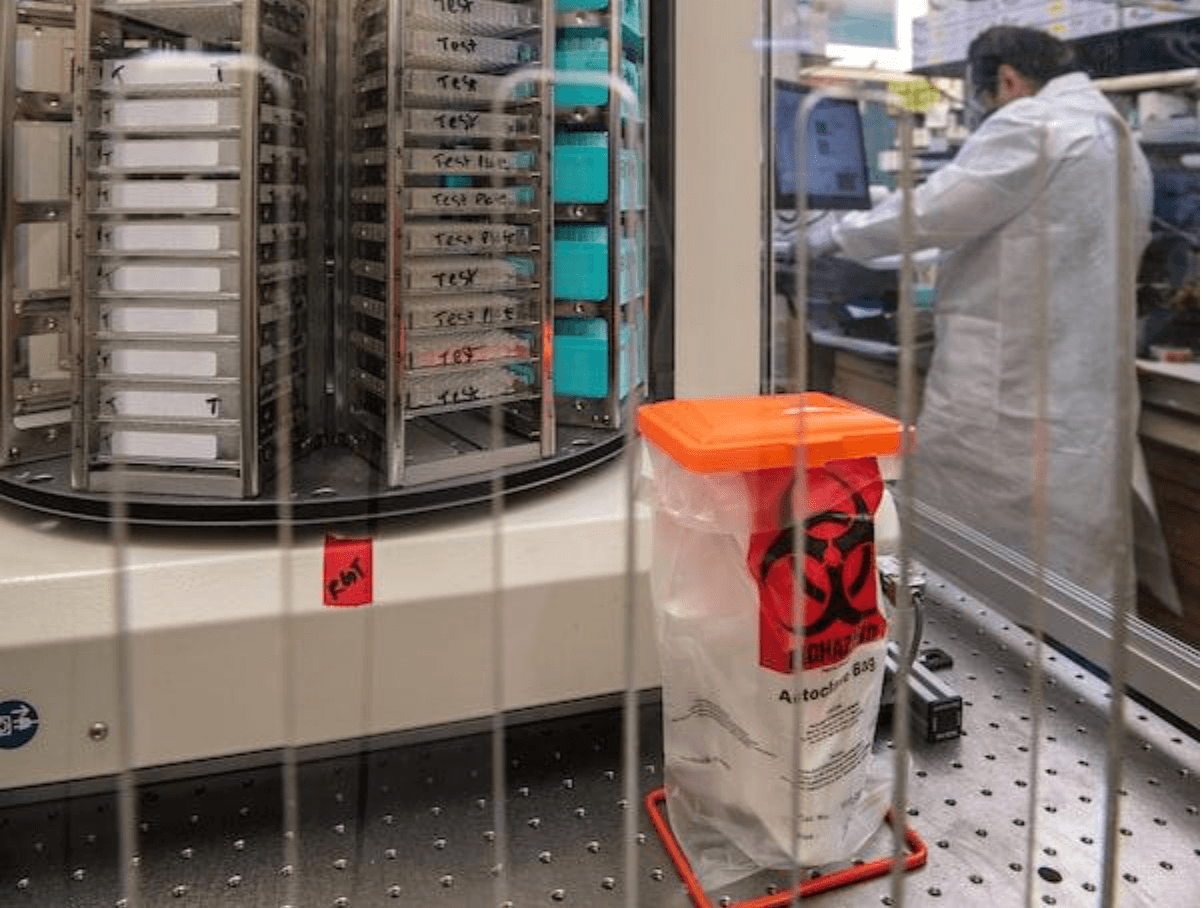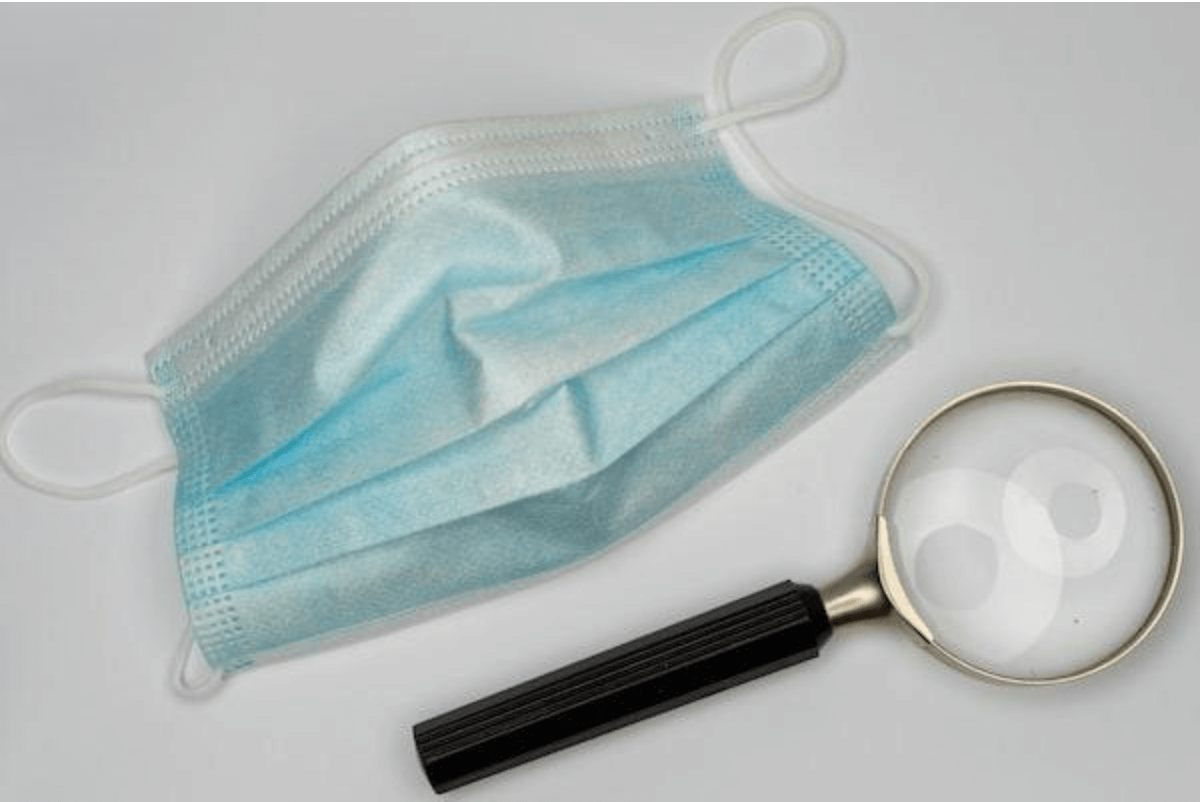Medical laboratory professionals play a crucial role in the diagnosis and treatment of patients. They examine and analyze blood, bodily fluids, and tissues to identify diseases and infections. However, working in a lab also comes with the potential risk of exposure to infectious agents. This is where infection control in medical lab science comes into play.
What is infection control and infection prevention?

Infection control is a crucial aspect of healthcare settings that aims to protect both the patients and healthcare practitioners from infections, illnesses, and diseases. It involves various measures and protocols that are put in place to prevent and minimize the spread of harmful biological agents, especially in medical laboratories where the risk of exposure to infectious agents is high. Whether they hold a master of laboratory science or other credentials, all laboratory professionals must be adequately trained in infection control techniques and procedures. This includes using proper personal protective equipment such as gloves, masks, and gowns while working with infectious materials. It also involves properly sanitizing lab surfaces and instruments to prevent cross-contamination and following proper handling and disposal guidelines when dealing with infectious materials.
Infection control measures are not only important for the safety of healthcare professionals but also for the patients who may have compromised immune systems or other medical conditions. By adhering to strict infection control protocols, healthcare providers can reduce the risks of contracting or spreading infections and diseases. Therefore, it is important that laboratory professionals and healthcare practitioners stay up to date with the latest infection control guidelines and best practices to ensure a safe and healthy environment for everyone.
How do labs implement infection prevention and control procedures?

Implementing infection control measures is an essential part of any laboratory’s routine. A sterile environment is crucial for ensuring that scientific experiments are conducted safely and effectively, and workers are not exposed to infectious agents.
One of the most important aspects of infection control is maintaining a clean and disinfected workspace. This involves regularly cleaning and disinfecting surfaces, equipment, and instruments with appropriate agents to prevent cross-contamination between samples and experiments.
Another critical component of infection control is handling and disposing of hazardous materials and biological specimens safely. This includes proper labeling of hazardous materials, such as biological waste, chemicals, and sharps, and disposing of them according to established protocols. It also involves using appropriate personal protective equipment (PPE), such as gloves, masks, and goggles, to protect workers from potential exposure to infectious agents.
Finally, following protocols for hand hygiene is essential to prevent the spread of infection. Proper hand washing and the use of hand sanitizers are crucial steps in preventing the spread of bacteria, viruses, and other infectious agents. Lab workers must ensure that they always practice good hand hygiene, especially before and after handling specimens, equipment, or materials.
Maintaining proper infection control measures is an essential part of any medical facility or lab, and a wider element of how you design your workflow in line with the wider principles of digital pathology. The implementation of these protocols ensures the protection of not just the laboratory workers but also the patients and other healthcare professionals. When infection transmission is not controlled, it can cause severe illnesses that may lead to prolonged hospital stays, disabilities, and even death. Therefore, it is crucial to maintain an environment that limits the risk of infection transmission.
In the medical field, the safety of both lab staff and patients is of the utmost importance. Proper infection control procedures not only promote a safer working environment but also play a significant role in reducing the risk of infection transmission between individuals. As such, it is vital for any medical facility or lab to follow these procedures closely to better protect everyone who is involved with the facility. Medical workers’ dedication to these measures is an essential part of maintaining a safe and healthy environment and helping to ensure that each patient receives the care and treatment they deserve.
Overall, through implementing and following proper infection control procedures, lab professionals can prevent and control the spread of infections in the lab environment and beyond, contributing to the high-quality healthcare services that prioritize patient and worker safety.




